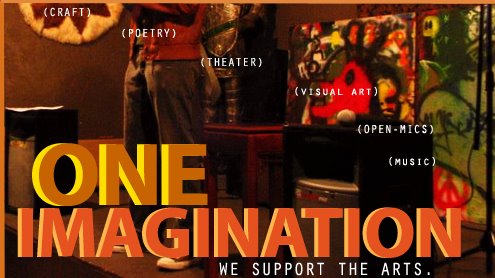Violence Against Women
A final YA BASTA paper written by:
Abrielle Parker (age 15)
Dianne Cababa (age 13)
Karen Ramirez (age 20)
Keymara Garzon (age 17)
A final YA BASTA paper written by:
Abrielle Parker (age 15)
Dianne Cababa (age 13)
Karen Ramirez (age 20)
Keymara Garzon (age 17)
 Violence against women is an issue commonly found in the home. Which can include anything ranging from threats to actual physical, psychological and/or sexual abuse against a woman and family members. This physical and mental violence not only affects the women suffering the abuse but also the children in the home and the parents of the woman. Causes of this problem are power and control, growing up in and around violence and being exposed to a distorted concept of manhood.
Violence against women is an issue commonly found in the home. Which can include anything ranging from threats to actual physical, psychological and/or sexual abuse against a woman and family members. This physical and mental violence not only affects the women suffering the abuse but also the children in the home and the parents of the woman. Causes of this problem are power and control, growing up in and around violence and being exposed to a distorted concept of manhood.Physical assaults of a woman by partners range from 1.1 million to almost 4 million per year. This issue should be known and understood more because women usually hold the household together. Having to raise their children in an environment with violence can cause mental damage; which just starts a different cycle of abuse.
Native American women lived in an egalitarian society where both males and females were seen as equals. The Iroquois are an example of this egalitarian society. In this society women contributed to agriculture, food gathering, and owned property; it was believed that if the women worked the land then they owned that land.
In this period women also had political power and could easily get rid of a chief that she considered unfair. Many Native American tribes, including the Iroquois had matriarchal lineage, which meant that property, land was passed through the women in the family. White colonists disturbed this way of life, upon their arrival to what they considered the “new world”, they saw the Native American way of life as completely wrong.
White colonists came from a patriarchal society where they believed that husbands and fathers had the right and even duty to “correct” their wives and children through abuse. Colonists also had the view that women were separate and inferior to men.
Sexual violence was used as a weapon for the conquest of native people; natives were seen as “dirty”, inferior beings. During colonial times African women were sexually abused for economic benefit. Slave owners would rape the women so that they would have children to increase the slave labor. These women too were seen as inferior and “dirty” and were treated like chattel. Because these women were “owned” the owners were not charged or prosecuted with rape.
Another cultural normality that has developed and influenced violence against women comes from Ancient Greek, Roman, and Hebrew civilizations. In these civilizations winners in combat would come home and have the right to rape and pillage. In this period women were considered property so it was not considered a big deal when wives, mothers, and daughters were raped. The development of violence against women has also stemmed from Calvinist, Puritan and biblical beliefs. The biblical reference of Eve has created an image of women as evil. Calvinist teachings say that women should remain quiet, passive and confined to the home. Puritan women are viewed as submissive to men, “unto him God put her in subjection”. Like mentioned before, women were seen as inferior and property and because of this whenever violence was present, actions were not taken against those who committed the violent acts. Rape was not considered rape when the husband forced his wife to have sexual intercourse with him. Rape was not considered rape when a slave owner raped his slave because she was property. And violence was not considered a big issue because men were encouraged to discipline their wives. All types of violent acts against women stem from colonialism, racism, and classism.
There are many organizations that focus on addressing violence against women. In the Vietnam War 58,000 soldiers died and at the same period of time 51,000 women were killed mostly by men. In the summer of 1990, that statistic became what started a union of women's groups on Cape Cod, Massachusetts to break the silence and bear witness one issue. The Clothesline Project honors women survivors as well as victims of intimate violence. This group of women wanted to find a unique way to take the statistics and turn them into a pro active. One of the women in the group named Rachel Caley-Harper showed the concept of using shirts. They let each women tell her story by using words or artwork to decorate her shirt and then hang them on the clothesline. The reason for using shirts and hanging them was because doing the laundry was considered women's work.
In 2004, Amnesty International had its global stop violence against women campaign to also help break the silence, stop the violence, and create a world where women and girls are afforded their basic human rights. The Amnesty International members have united to work towards making women’s human rights a reality.
So the question is now: What are we going to do about it?

0 comments:
Post a Comment